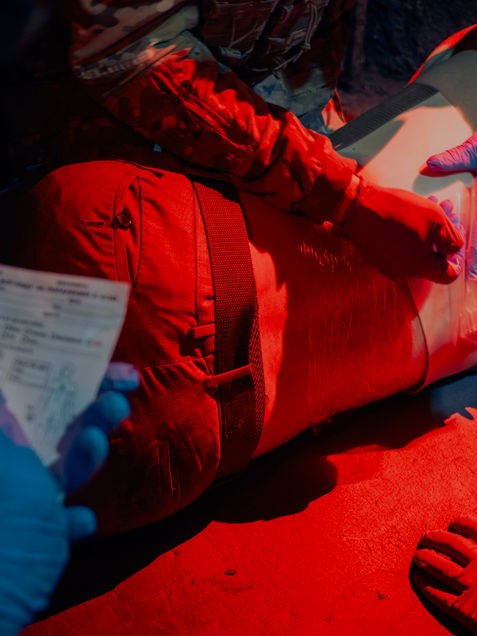top of page

CLS course
(Combat Life-Saver)

Duration
40 hours / 5 days
Requirements for participants
it is desirable to have previous experience of ASM level trainings
Number of participants
up to 20 people
Certification
NAEMT's TCCC-CLS for those participants who complete the training and pass the final. written exam and skills assessment.
Useful skills CLS (combat lifesaver)
Wound packing
Airway management
Basic skills in using an Ambu bag to assist medics
Management of head injuries and condition assessment
Splinting
Rapid assessment of the wounded
Injury assessment
Management of penetrating chest injuries
Approaches to managing hypothermia
Methods of carrying/dragging the wounded
Application of bandages
Use of NPA (Nasopharyngeal Airway)
Conversion and repositioning of tourniquets
Use of pill packs
Evacuation request
Photo from trainings

What is TCCC?
Modern tactical medicine is based on the TCCC system - tactical combat casualty care. It's a battle-tested approach designed to save lives when every second counts.
This system was created in the late 1990s and over time helped the US Army get the lowest rate of preventable mortality in the history of wars - during the five years of Operation Iraqi Freedom, more than nine out of ten wounded survived
The overall goal of the TCCC is to train service members to effectively treat the wounded in combat while preventing additional casualties and successfully complete the mission.
bottom of page



















